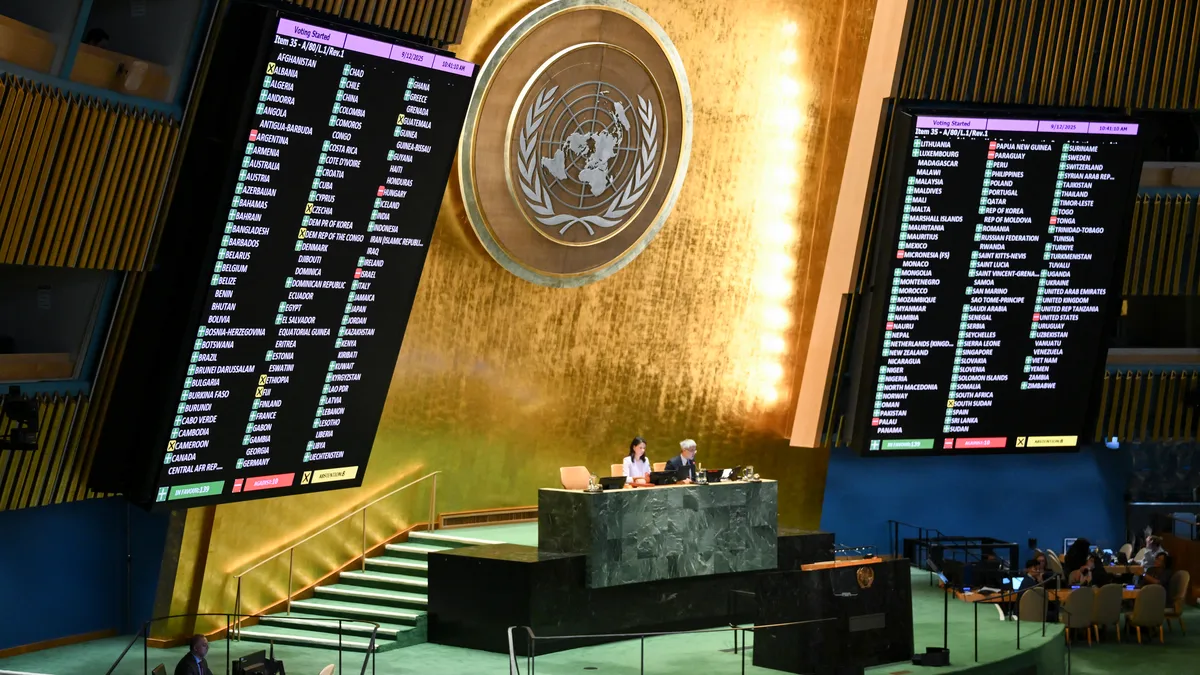
The Canadian wildfire season of 2025 has now been labelled as the second-worst in the country’s history. So far, over 18 million acres of land have burned across Canada. Smoke from the wildfires has once again spread southward into the U.S., resulting in much higher air quality levels and increased health issues.
In early September, smoke from Canada’s fires sent our air quality levels in Coeur d’Alene and Spokane to near 150, which is unhealthy for sensitive groups. There was some relief last week as air quality levels in North Idaho and Eastern Washington fell into the moderate range.
The largest fire in Canada this year recently exploded to over 1.4 million acres in the central province of Saskatchewan near Candle Lake. Due to very dry conditions in the western U.S., there have been multiple fires that were ignited during the summer season. As of late last week, according to the National Interagency Fire Center, there have been approximately 49,000 fires in 2025 that have burned over 4.3 million acres. At the same time last year, over 7.2 million acres were burned in the U.S.
As of the weekend, it’s reported that Washington has 15 large wildfires. Most of them are burning north of Spokane in the mountain regions in the eastern part of the state. There are 10 big wildfires in Idaho and Montana, with nine in California.
According to the Government of Canada, the worst fire season was in 2023. Over 39.5 million acres were burned as out-of-control wildfires in the country’s eastern province of Quebec sent huge clouds of smoke and haze southward into the northeastern U.S., parts of the Midwest and regions as far south as the Mid-Atlantic states.
There’s no question that exposure to wildfire smoke can lead to environmental and health issues. A recent study indicates that the Canadian 2023 disaster also likely led to tens of thousands of deaths in North America and Europe. According to an article in Nature, a study using satellite observations and sophisticated computer modelling showed global and regional exposure to wildfire smoke and its human health impact. Researchers looked at particulate matter and determined that North America had the largest increase in exposure. But there were also large increases in Europe as the smoke travelled across the Atlantic Ocean.
The study also claims that 354 million people in North America and Europe were exposed to the pollution for at least one day that was created from the Canadian wildfires in 2023. It was estimated that 82,100 people died worldwide from chronic exposure to the smoke. In the U.S., the study estimates that 33,000 people and 8,300 people in Canada died due to the exposure. In Europe, approximately 22,400 chronic deaths were related to the Canadian wildfire smoke in 2023.
In terms of our local weather, it’s been one of the driest first halves of September in Coeur d’Alene’s recorded history, with 0.01 inches as of Sunday afternoon. A mere 0.07 inches fell at the Spokane International Airport last week. Through the first 13 days of the month, the average high in Coeur d’Alene was about 90 degrees. The normal for the first 13 days of the month is 77 degrees. High temperatures cooled down Sunday, but are expected to warm into the 80s this week.
The long-range computer models are continuing to show the strong ridge of high pressure dominating much of the western U.S. The next best chance of shower activity is during the new moon lunar phase that begins Sept. 21.
For the last three months of 2025, the odds of increased moisture across the Inland Northwest are looking higher. Sea-surface temperatures near the Equatorial region have been cooling down. Forecasters are predicting a better than 50/50 chance of a new cooler La Niña sea-surface temperature event being declared between October and December. However, this new El Niño is expected to be relatively weak and brief. New forecast models are indicating that sea-surface temperatures are expected to return to “neutral,” or as we call it, a “La Nada” in early 2026.
As I mentioned last week, much of the moisture over the last three to six months has been falling east of the Rockies. Historically, the wet weather patterns in the central and eastern U.S. will eventually “back up” over the western U.S. Assuming this long-term trend continues, after a very dry summer, the odds are very good for above normal moisture for the Pacific Northwest later this year. This new pattern is likely to begin in October or November. December is another month that we could see higher than average moisture. With the potential development of a new La Niña in the coming months, the odds for higher-than-average snowfall across the Inland Northwest, especially in the higher mountains, are much better this upcoming winter season.
• • •



